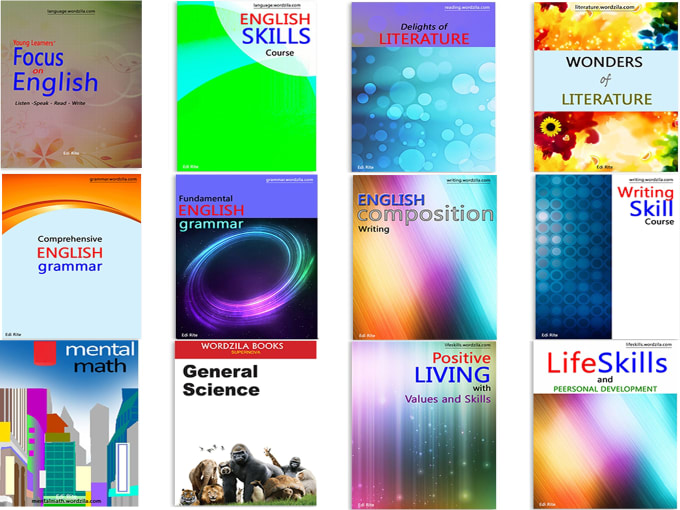Grade 10 Grammar Lesson 17 Negation
How do we change an auxiliary verb into negative?
How do we change a verb in simple present or a simple past to its negative?
If the statement contains positive words like ‘just’, ‘already’ or ‘some’, do we change those words as well?
How do we change a main verb into negative?

- A negative statement is usually made by using not or n’t after the auxiliary verb. The auxiliary verb is a form of be (am, is, are, was, were); have (have, has, had) is a modal verb such as will, can, must, could, ought to etc. Not or n’t also comes after be as main verb.
- In the present simple and past simple, we use a form of do as the auxiliary verb.
- A statement which takes some in positive takes not.any or no in negative form.
- In the present perfect tense, we normally use ‘yet’ in negative statements in place of ‘just’ or ‘already’.
- A verb takes not or n’t after it only when it is an auxiliary verb, but when it is a main verb, a form of do takes not or n’t.
Go to page 1 2
